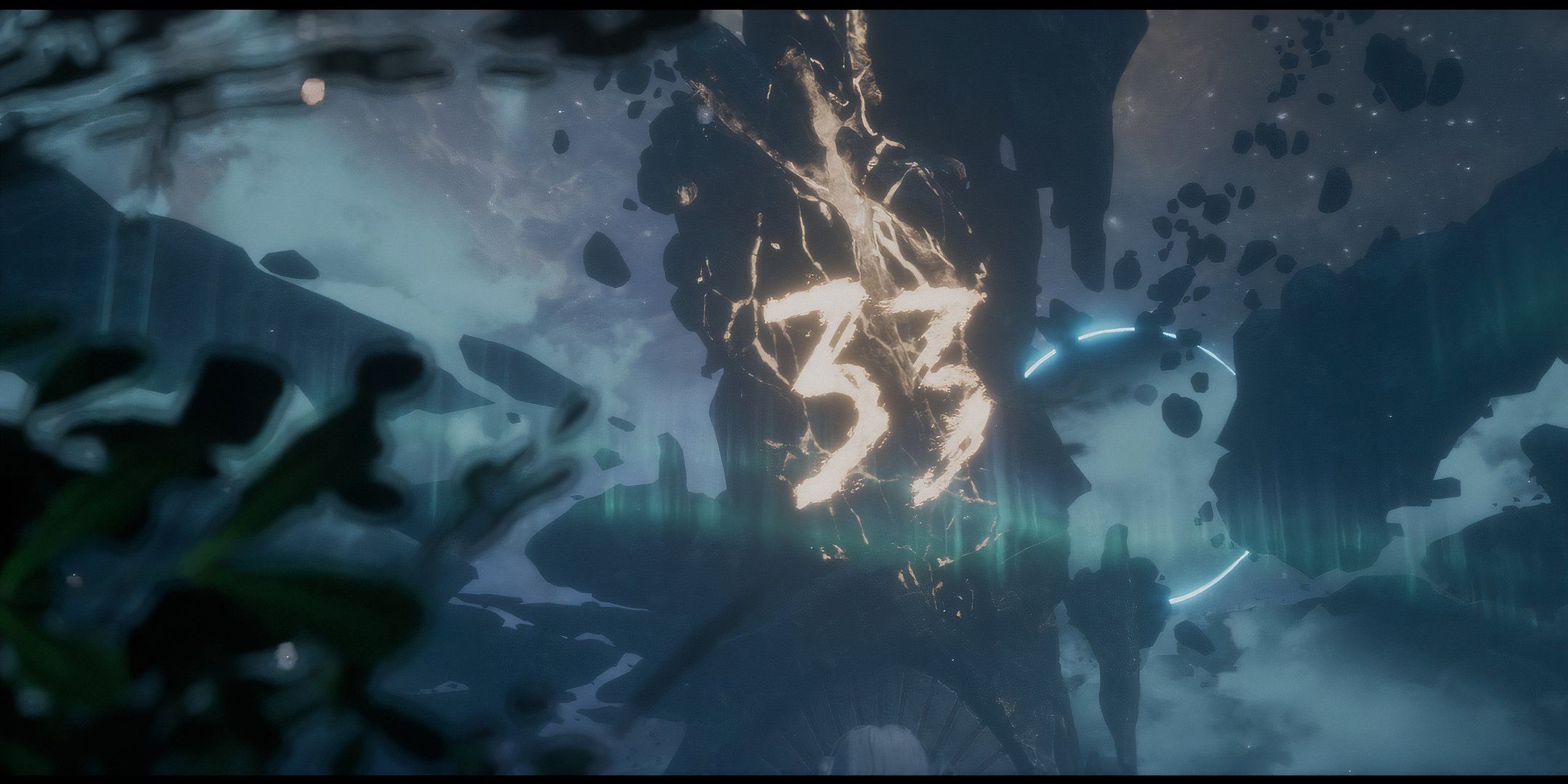Clair Obscur: Expedition 33’s Stendhal Nerf Ignites Gamer Fury: A Deep Dive into the Controversy
The gaming community is no stranger to balance patches, but few have stirred as much passion as the recent nerf to Clair Obscur: Expedition 33’s most overpowered skill, Stendhal. Developed by Sandfall Interactive, this turn-based RPG with real-time combat elements has taken the world by storm since its April 24, 2025, release, selling over one million copies in just three days and earning a 92 rating on Metacritic and OpenCritic. Its unique blend of Belle Époque-inspired aesthetics, a haunting narrative about a doomed city, and a dynamic combat system has made it a standout title. However, the decision to tone down Maelle’s Stendhal skill—a move capable of dealing billions in damage—has sparked outrage among players, with many demanding its restoration. Why has this nerf caused such a stir, and what does it reveal about the balance between developer intent and player freedom? Let’s explore the controversy, the skill’s impact, and the community’s response.

The Rise of Stendhal: A Game-Breaking Powerhouse
Clair Obscur: Expedition 33 is set in the city of Lumière, where the Paintress awakens annually to paint a number on a monolith, dooming everyone of that age to dissolve into dust. Players lead Expedition 33, a group tasked with destroying her to end this cycle. The game’s combat system is a hybrid of turn-based strategy and real-time mechanics, requiring players to dodge, parry, and execute Quick Time Events (QTEs) to maximize damage. Each character, from leader Gustave to rookie Maelle, has unique mechanics, and Maelle’s Stendhal skill has become the centerpiece of the controversy.
Stendhal, exclusive to Maelle, is a single-target Void damage skill that, when optimized, can deal astronomical damage—up to 2.177 billion in some player builds. Maelle’s Stance system, particularly her Virtuose Stance, boosts her damage by 200%, and when combined with specific Lumina passives (like Cheater for extra turns and Shortcut for low-health triggers) and Pictos (gear with stat-boosting effects), Stendhal becomes a one-shot juggernaut. Players have reported defeating endgame superbosses like Simon and Clea in a single hit, with some even speed-running the main story in two hours using Maelle’s build. This power level, especially in Act 3 and New Game+ (NG+), has made Stendhal a fan favorite for those who relish “breaking” the game, a playstyle Sandfall initially encouraged.
The skill’s dominance stems from the game’s deep customization. Players can equip dozens of Lumina passives, unlocked from Pictos, to create synergistic builds. Maelle’s setup, leveraging Last Stand to enter Virtuose Stance at one health and Medalum to start battles in it, allows Stendhal to exploit these mechanics to absurd degrees. For many, this was the pinnacle of Clair Obscur’s promise: a system rewarding creative experimentation with godlike power. However, Sandfall deemed Stendhal’s output—billions in damage—too extreme, overshadowing other builds and trivializing the game’s challenging endgame.
The Nerf Announcement: A Developer’s Dilemma
On May 8, 2025, Sandfall Interactive announced via their official X account that Stendhal would be nerfed in the game’s first major balance update, part of patch Version 1.2.2. The developer explained that Stendhal, initially underwhelming during development, received a significant damage boost pre-release, which “clearly overdid it.” While Sandfall emphasized their desire for players to create powerful builds, they noted that Stendhal’s ability to one-shot any enemy, including the toughest superbosses, made it “a bit too easy” and diminished the viability of other strategies. The nerf aims to reduce Stendhal’s damage output while preserving its strength, ensuring Maelle remains a viable DPS option without eclipsing the rest of the roster.
The announcement came alongside other patch notes addressing bug fixes, such as inventory issues with Tints and soft locks on the world map. Sandfall also hinted at future updates to rebalance Act 3 and NG+, acknowledging that multi-million damage outputs across characters have made the endgame feel underwhelming for some. However, the Stendhal nerf took center stage, with the developer giving players “one more day to enjoy” the skill in its broken state, a playful nod that did little to quell the brewing storm.
Gamer Outrage: A Community Divided
The reaction was swift and fierce. Posts on X captured the sentiment, with users like @NezahualDoomer2 criticizing the game’s endgame balance, arguing that Stendhal’s nerf invalidates player builds crafted over dozens of hours. Others, like @WinC_Gaming, noted the skill’s game-breaking potential but lamented the loss of its chaotic fun. The hashtag #BringBackStendhal began trending, with players sharing clips of Stendhal obliterating bosses and pleading for Sandfall to reconsider. Forums like Reddit and Steam discussions echoed this frustration, with some calling the nerf a betrayal of the game’s creative freedom.
For many, Stendhal wasn’t just a skill—it was a reward for mastering Clair Obscur’s complex systems. The game’s combat demands precision, with tight parry windows and QTEs that punish mistakes, especially on Expert difficulty. Building a Maelle capable of billion-damage Stendhals required grinding for Chroma Catalysts, Colors of Lumina, and Recoats to optimize Pictos and attributes like Speed and Critical Rate. Players felt their investment was being undermined, especially since Sandfall had marketed the game as one where “breaking” builds were part of the fun. The nerf, they argued, prioritizes a homogenized experience over the joy of overpowered chaos.
However, not all players oppose the nerf. Some argue that Stendhal’s dominance trivialized the game’s narrative weight and tactical depth. Clair Obscur’s story, centered on loss and sacrifice, is complemented by its challenging combat, where every dodge and parry feels like a fight for survival. One-shotting bosses with Stendhal, they contend, cheapens this tension, making Act 3’s side content and superbosses feel like afterthoughts. These players welcome the nerf, hoping it encourages diverse builds—like Lune’s Stain-based elemental cycling or Verso’s synergy-focused buffs—over Maelle’s one-trick pony.
The Bigger Picture: Balancing Freedom and Challenge
The Stendhal controversy highlights a broader tension in RPG design: how to balance player freedom with developer intent. Clair Obscur’s systems are designed to reward experimentation, with each character’s unique mechanics (e.g., Monoco’s enemy-skill absorption or Maelle’s Stance-switching) encouraging varied playstyles. Yet, Stendhal’s outlier status suggests a miscalculation. Sandfall’s data, likely drawn from player metrics, showed the skill overshadowing other options, prompting the nerf. But for players who spent hours perfecting their builds, this feels like a punishment for their success.
The outrage also reflects Clair Obscur’s meteoric success. With physical copies sold out and a live-action movie in development, the game has a passionate fanbase that feels invested in its future. Sandfall’s responsiveness—promising more updates and potential DLC—shows they’re listening, but the Stendhal nerf has tested their goodwill. Some players suggest alternatives, like keeping Stendhal’s power in NG+ or adding a “chaos mode” where broken builds are unrestricted, preserving the game’s challenge for purists while letting others unleash havoc.
What’s Next for Clair Obscur?
As the nerf rolls out, the community waits to see how drastically Stendhal’s damage is reduced. Sandfall has promised it will remain “extremely powerful,” but players fear it won’t recapture the thrill of billion-damage hits. The developer’s broader plans to rebalance Act 3, possibly by increasing boss health or resistances, could address the endgame’s lack of challenge, but they risk further alienating fans if not handled carefully. Mods, like the “Better Skill Descriptions” or “More Upgrade Materials,” already let PC players tweak their experience, hinting at a community-driven solution if Sandfall’s updates fall short.
The controversy underscores Clair Obscur’s unique place in 2025’s gaming landscape. Its blend of JRPG tradition and Soulslike precision, wrapped in a French-inspired fantasy, has captivated players. The voice cast, featuring Andy Serkis and Jennifer English, and its evocative score amplify its emotional weight, making every victory feel earned—until Stendhal made them effortless. Whether Sandfall can appease fans by balancing Stendhal’s nerf with meaningful endgame tweaks remains to be seen, but the passion behind #BringBackStendhal proves the game’s impact.
Conclusion: A Test of Trust
The Stendhal nerf is more than a balance change—it’s a flashpoint for debates about player agency, game design, and community trust. For every player demanding its return, another sees the nerf as a step toward a richer experience. Sandfall Interactive faces a delicate task: preserving Clair Obscur’s innovative spirit while ensuring its challenges remain meaningful. As patches roll out and the community’s voice grows louder, the saga of Stendhal will shape the game’s legacy. For now, players are left to mourn—or celebrate—the fall of a skill that turned Maelle into a goddess of destruction, forever etched in RPG history.





